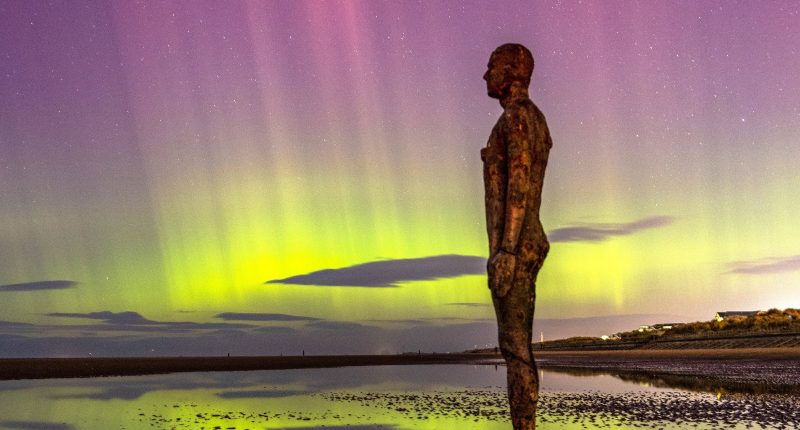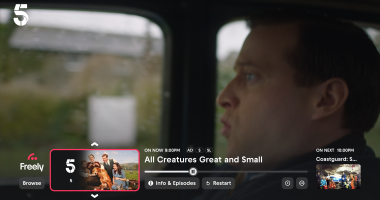IF you’ve been wanting to tick the Northern Lights off your bucket list, well your chance is right around the corner.
Thanks to a premature solar phenomenon next year, there will be “more aurora activity than there’s been in the last 20 years,” according to Njål Gulbrandsen, a space physics researcher at Tromsø Geophysical Observatory.
The phenomenon is known as the Solar Maximum, which typically comes around every 11 years or so.
This is when the Sun’s activity reaches its peak, and produces more auroral displays.
The next high point had been forecast for July 2025, but it will arrive a year earlier than first thought, according to Nasa scientists.
Experts say the cycle’s peak will nowoccur a in mid-to-late 2024, instead.
READ MORE ON NORTHERN LIGHTS
This means stargazers can see aurora “every few days… Whereas five years ago, you might have to wait weeks to see anything,” Darren Baskill, a physics and astronomy lecturer at Sussex University, told Norwegian travel company Hurtigruten.
While activity will peak next year, Gulbrandsen told The Guardian that as we near the end of a notably “weak” 11-year cycle “it might be that activity now is almost the strongest it’s been in almost 20 years”.
He added: “We have to go far back to see this level of activity.”
While there are jaw-dropping displays further north in places like Norway and Iceland, the UK can also host some dazzling views.
Most read in Tech
“There will be more spectacular displays in the normal locations that you think of, but also really nice displays further south than you would normally expect,” Katie Herlingshaw, a space physics researcher at the University Centre in Svalbard, also told The Guardian.
“It’s really exciting to get this good solar maximum now because a lot of people have forgotten what a good solar maximum actually looks like.”
Check out this list of five UK destinations where you can catch a glimpse of the Northern Lights:
Shetland Islands – Here, auroral displays are most visible between mid-October and March. But it’s best to avoid the towns and their light pollution.
Eryri, Conwy – Llyn Geirionydd lake, close to the town of Betws-y-Coed, is a local-favourite viewing spot, with snow-capped peaks in the backdrop.
Brancaster Staithe, Norfolk – This area was graced with bright aurora lights this year, namely in seaside towns Brancaster Staithe and Happisburgh.
Keswick, Cumbria – The Lake District is an under-the-radar spot for aurora hunters, but Derwentwater lake next to Keswick is a great place to photograph the lights.
Salisbury, Wiltshire – While sightings become rarer the further south you go, the lights can sometimes be seen dancing over Stonehenge in Wiltshire.












